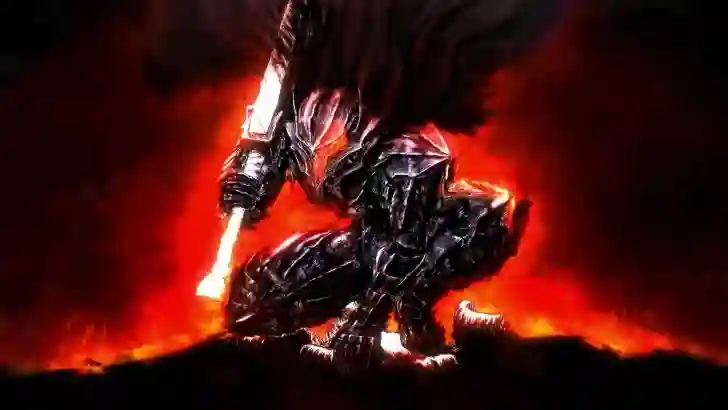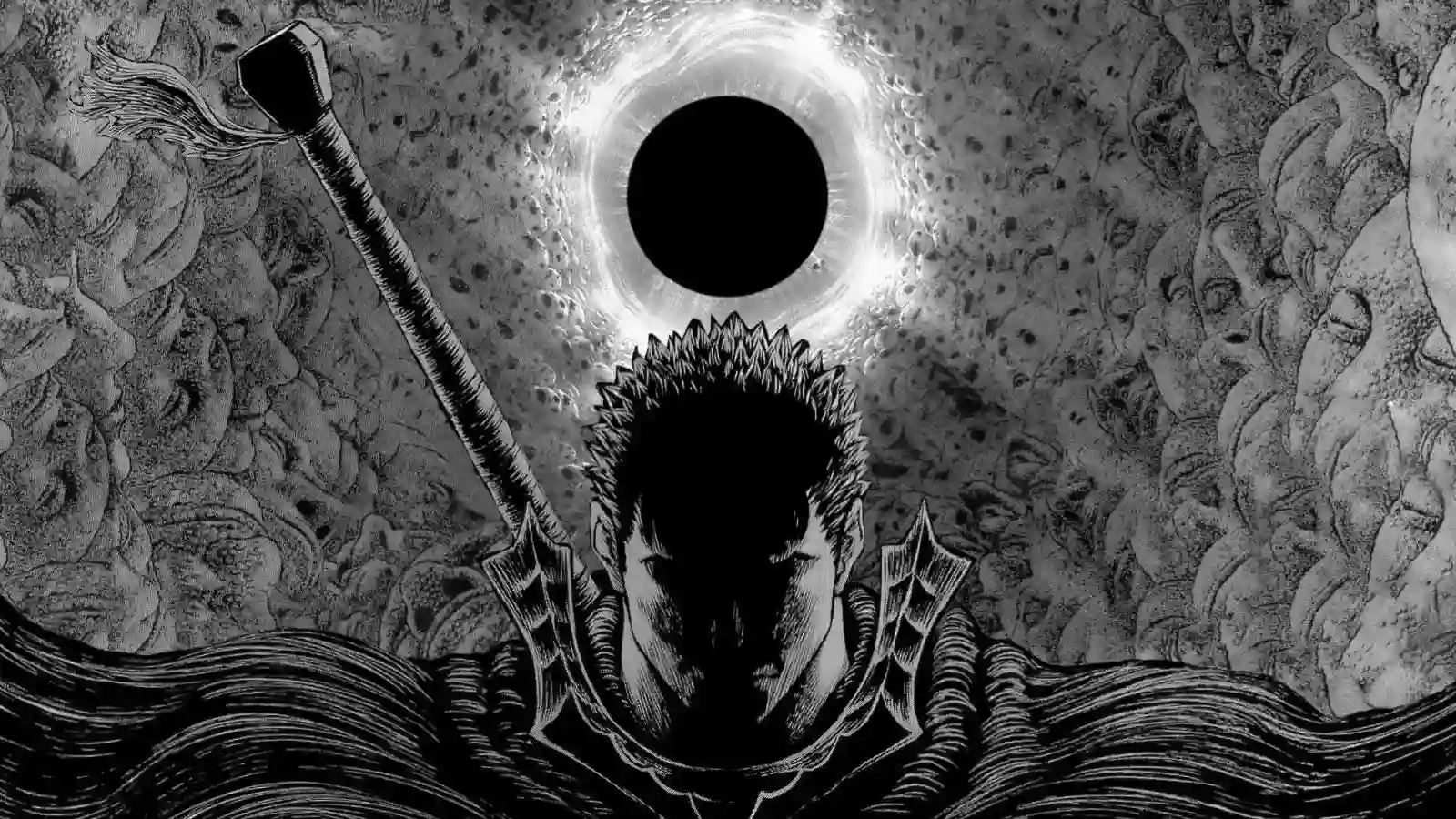
Kentaro Miura’s Artistry: The Visual Language of Berserk
In the realm of manga and anime, where storytelling is often complemented by vibrant visuals, few creators have wielded the pen with the same mastery as Kentaro Miura. The artist and author of the dark fantasy epic, Berserk, Miura’s contribution to the visual language of the medium is nothing short of extraordinary. As we delve into the intricacies of Miura’s artistry, it becomes evident that his work extends beyond mere illustration; it is a visual narrative that captures the essence of Berserk’s gritty realism, emotional depth, and supernatural horror.
Detailed Realism:
One of the defining features of Miura’s artistry in Berserk is the meticulous attention to detail. Every panel is a testament to his commitment to creating a world that feels both authentic and immersive. From the intricacies of armor and weaponry to the architecture of medieval-inspired landscapes, Miura’s ability to render detailed realism elevates Berserk above traditional fantasy fare.
The physicality of the characters is particularly noteworthy. Scars, wrinkles, and expressions are crafted with precision, providing a visual timeline of the characters’ journeys and the hardships they endure. Guts, the series’ central protagonist, bears the weight of his traumatic past in the form of scars and a hardened demeanor, visually conveying the toll of his relentless struggles.
Epic Battles and Dynamic Action:
Miura’s skill in illustrating action sequences and epic battles is a hallmark of Berserk’s visual prowess. The clash of swords, the splatter of blood, and the visceral intensity of combat are brought to life with a kinetic energy that leaps off the page. The use of dynamic angles and panel layouts creates a sense of motion, allowing readers to feel the impact of each strike and the urgency of the characters’ movements.
The Dragonslayer, Guts’ massive sword, becomes an extension of the visual language, symbolizing both the brutality of the battles and the overwhelming challenges Guts faces. Miura’s ability to choreograph these sequences with such fluidity and intensity contributes to the immersive experience of Berserk’s world.
Supernatural Horrors:
Berserk is not only a tale of physical combat but also a journey into the supernatural. Miura’s ability to depict otherworldly horrors adds a layer of visceral horror to the narrative. From the grotesque forms of the Apostles to the nightmarish landscapes of the astral realm, Berserk’s supernatural elements are brought to life with a nightmarish beauty.
The Eclipse, a pivotal event in the series, showcases Miura’s mastery in illustrating the grotesque and surreal. Demonic entities, symbolic imagery, and the visceral trauma experienced by the characters during this nightmarish event are rendered with a level of detail that evokes both awe and horror. Miura’s artistic choices in these moments contribute to the emotional impact of the narrative, creating an unforgettable visual experience.
Composition and Atmosphere:
Miura’s artistry extends beyond individual illustrations to the overall composition and atmosphere of Berserk. His use of shadows, lighting, and panel layout contributes to the tonal complexity of the series. Scenes bathed in darkness evoke a sense of foreboding, while moments of ethereal light highlight the supernatural elements at play.
The atmospheric quality of Miura’s art is further enhanced by the landscapes he creates. From the imposing spires of the God Hand’s realm to the desolate battlefields where Guts confronts his enemies, each setting is crafted with a keen understanding of visual storytelling. The environments in Berserk are not merely backdrops; they are integral to the narrative, shaping the tone and emotions of each scene.
Evolution of Style:
Over the decades-long serialization of Berserk, Miura’s artistry underwent a noticeable evolution. From the early chapters to the later arcs, readers witness a refinement of his style and a deepening of his artistic voice. The characters mature, the world becomes more intricate, and the visual language of Berserk becomes increasingly sophisticated.
This evolution is not just a technical progression but a reflection of Miura’s growth as an artist and storyteller. The changes in style contribute to the sense of time passing within the narrative, adding a layer of authenticity to the characters’ journeys.
Conclusion:
Kentaro Miura’s artistry in Berserk is a testament to the power of visual storytelling within the medium of manga. His meticulous attention to detail, dynamic action sequences, portrayal of supernatural horrors, thoughtful composition, and the evolution of his style collectively create a visual language that transcends the pages of the manga. Berserk’s visual legacy is not only a feast for the eyes but a masterclass in the synergy between art and narrative, leaving an enduring impact on the landscape of manga and anime.

